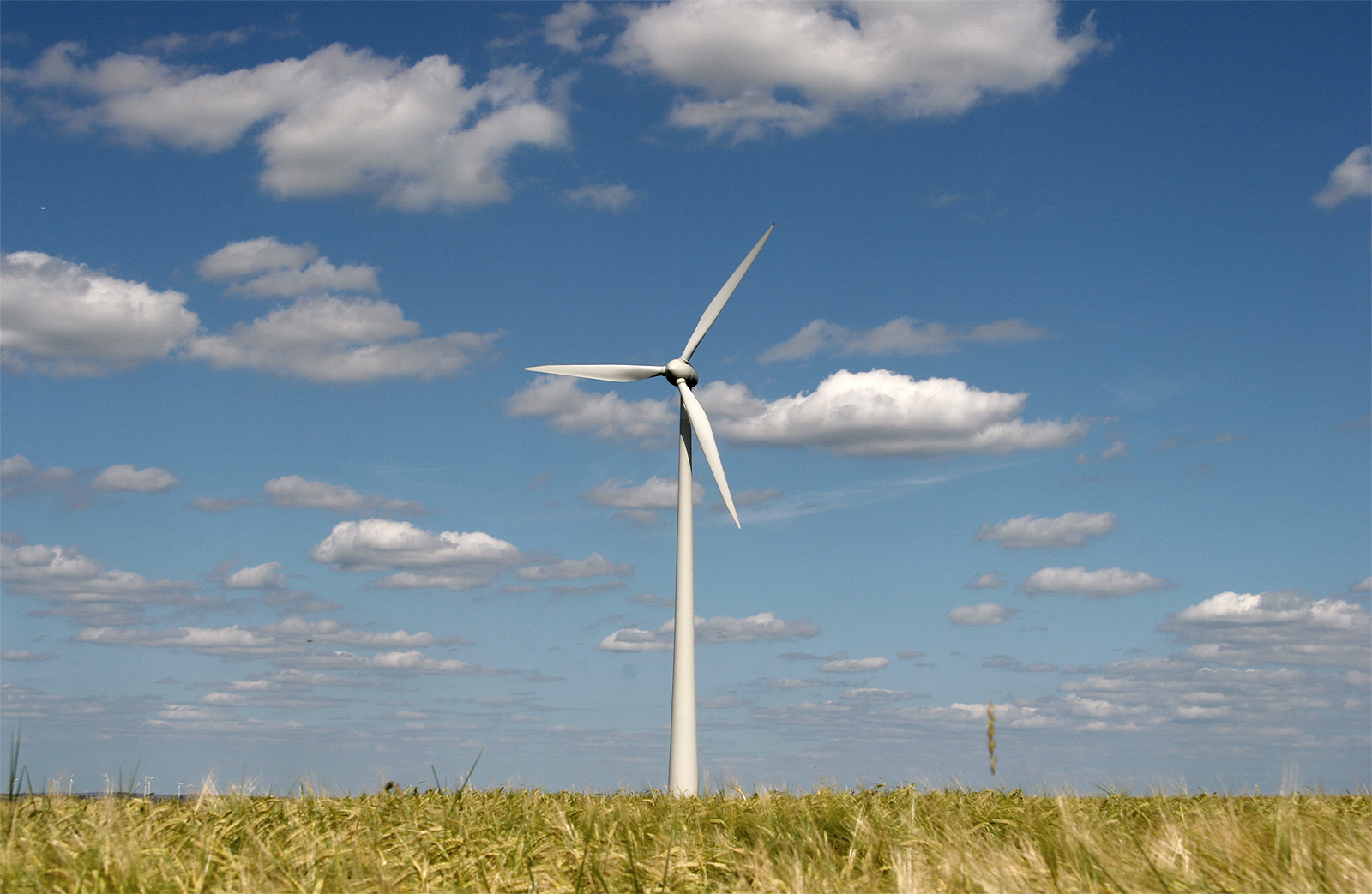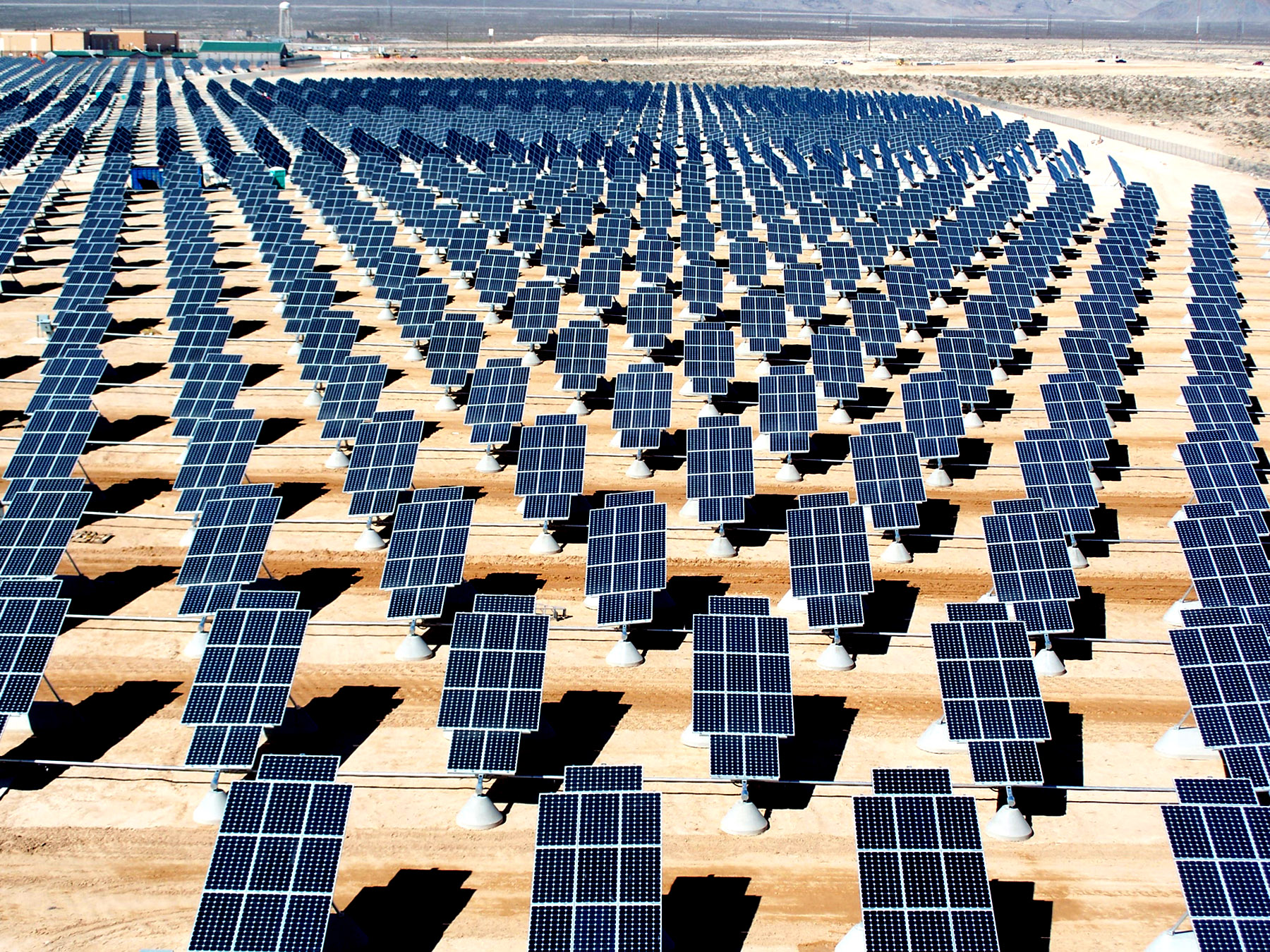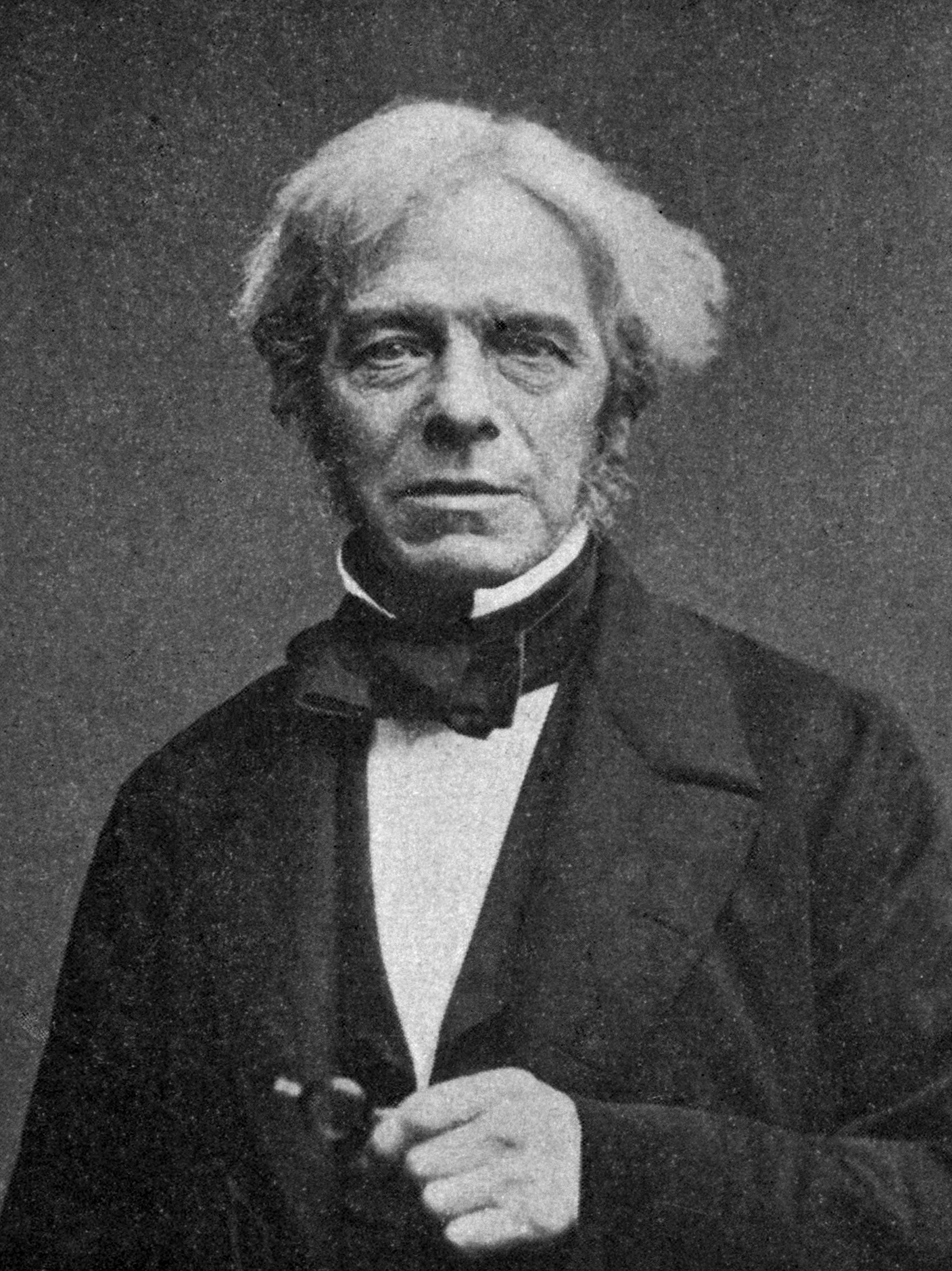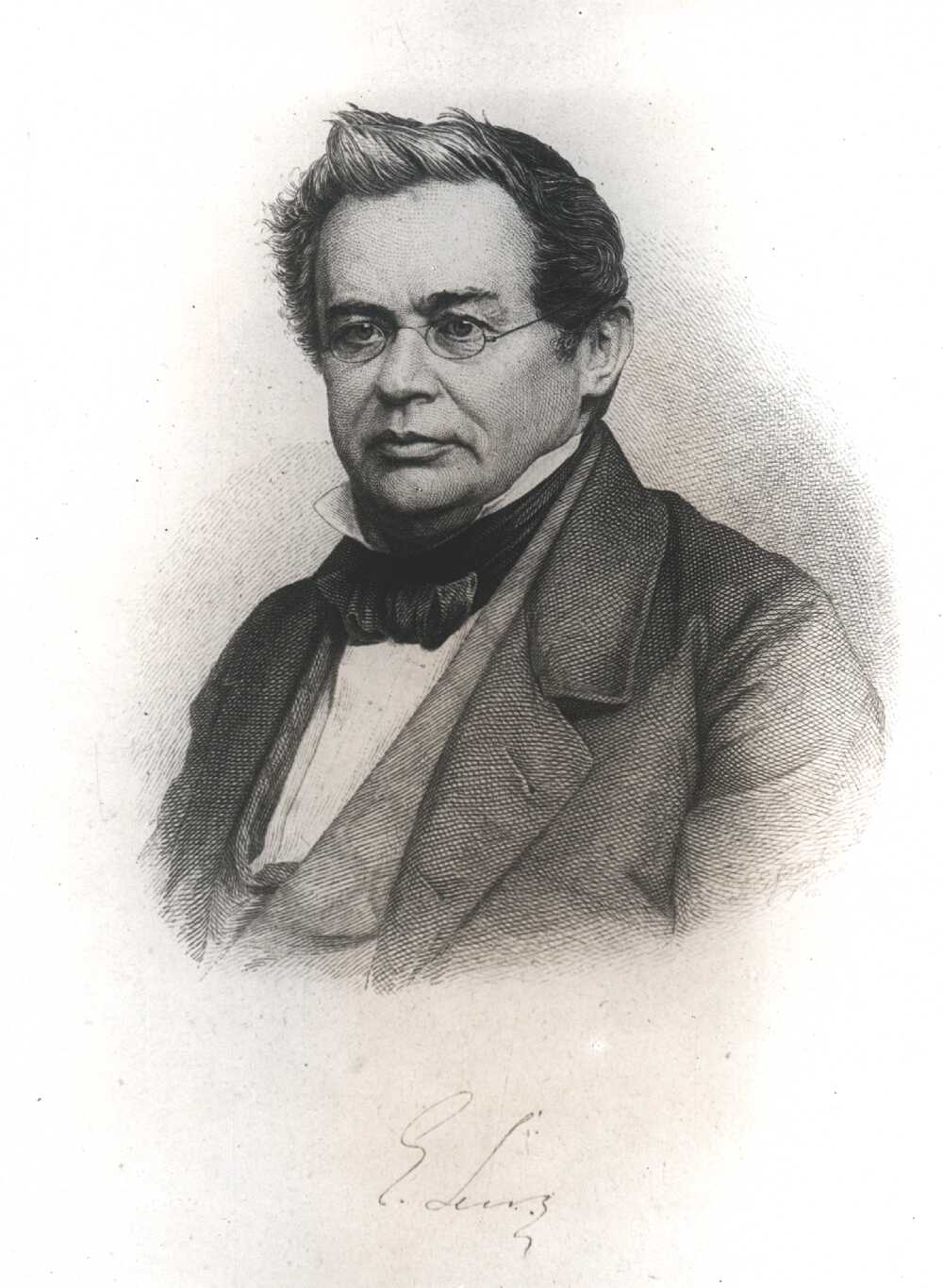Click on the image to enlarge.
The image above shows the formulae that students need to know in Malaysia SPM Physics syllabus in Mind Map form. You may click on the image to enlarge it for a better view. You may also download and print it out for further reference.
Electromagnetism if the third chapter in SPM Form 5 Physics. Not many calculation in this chapter. Most of the calculation questions are related to transformer. Questions related to the root mean square voltage and current rarely come out in exam.
Please share it with your friends if you found it useful.







